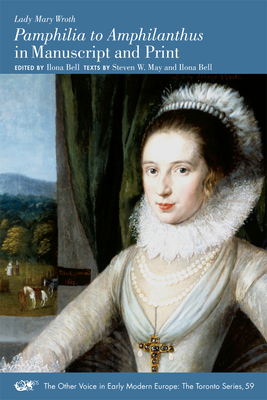
"Pamphilia to Amphilanthus" in Manuscript and Print (The Other Voice in Early Modern Europe: The Toronto Series #59)
Description
Lady Mary Wroth’s private manuscript, printed here for the first time, shows her to be a great poet, more psychologically insightful, verbally sophisticated, and boldly original than scholars had realized. Her carefully curated and re-conceptualized printed collection also reveals her to be a remarkably self-reflexive and critically astute writer. When the manuscript and printed sequences are read together, as this edition encourages readers to do, Wroth’s poetry is seen clearly as innovative, erotic, and shrewdly multivalent.
Praise for "Pamphilia to Amphilanthus" in Manuscript and Print (The Other Voice in Early Modern Europe: The Toronto Series #59)
"Juxtaposing the texts of the manuscript Folger V.a.104 and the print 1621 versions of Mary Wroth’s poetry sequence 'Pamphilia to Amphilanthus,' this edition contends that the manuscript, designed for a private audience, records the complex emotions attendant on an ongoing love affair between Wroth and her cousin William Herbert, third earl of Pembroke. Its eroticism was then toned down when revised for the print version directed to a public audience. Since much scholarship on this sequence is based on the printed text of 1621, this edition will have a dramatic impact on how Wroth’s poetry is read."
— Mary Ellen Lamb, Southern Illinois University at Carbondale
